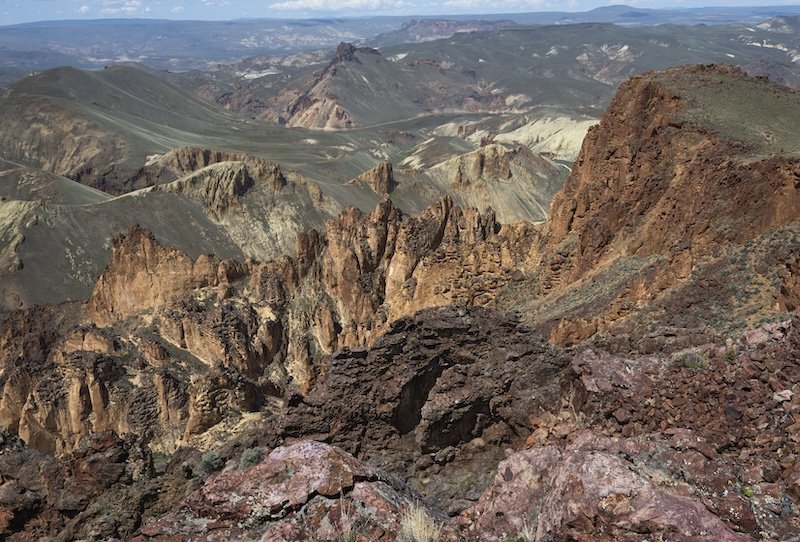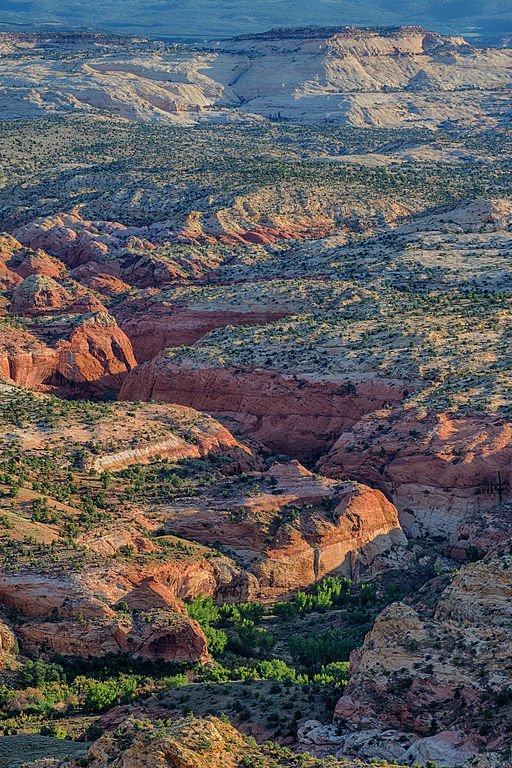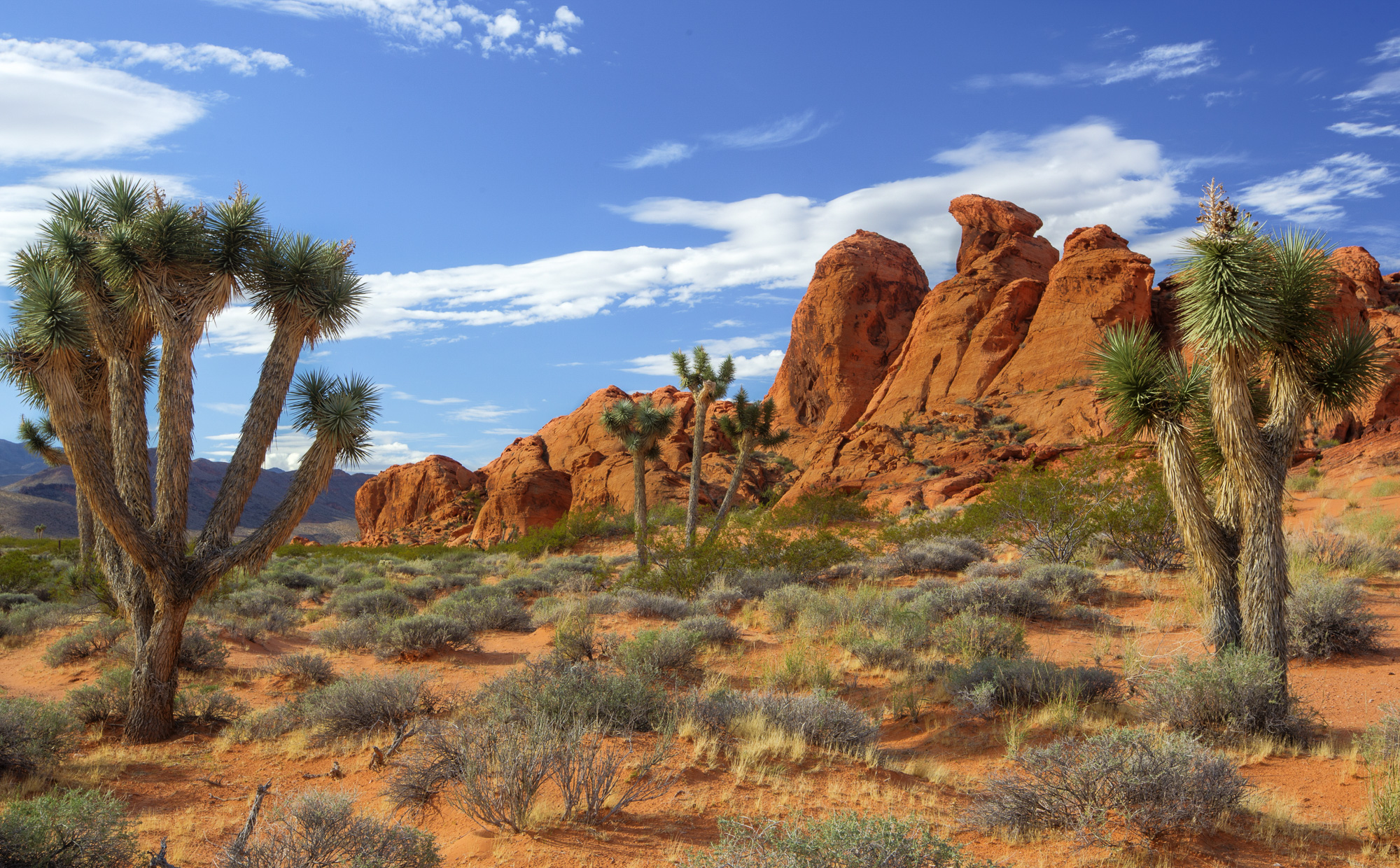Mining on Federal Public Lands
An important distinction between federal public lands with GAP 1 or GAP 2 status and those with lesser GAP status is based on whether mining is allowed. Federal law on mineral exploitation or protection from mining on federal public lands dates back to the latter part of the nineteenth century with the enactment of the general mining law. Today, the exploitation of federal minerals is either by location, leasing, or sale. The administering agency has the ability to say no to leasing and sale, but not to filing of mining claims by anyone in all locations open to such claiming.
When establishing a conservation area on federal lands, Congress routinely withdraws the lands from location, leasing, or sale. Unfortunately, when administrative action elevates the conservation status of federal public lands (such as Forest Service inventoried roadless areas or IRAs, Bureau of Land Management areas of critical environmental concern or ACECs, and Fish and Wildlife Service national wildlife refuges carved out of other federal land), it doesn’t automatically protect the special area from mining.
Congress has provided that the only way an area can be withdrawn from the application of the federal mining laws is for the Secretary of the Interior (or subcabinet officials also confirmed by Congress for their posts) to withdraw the lands from mining—and then only for a maximum of twenty years (though the withdrawal can be renewed). A major reason that particular USFS IRAs and BLM ACECs do not qualify for GAP 1 or GAP 2 status is that they are open to mining.
More Conservation in Alaska by Administrative Action: Fuggedaboutit!
The Alaska National Interest Lands Act of 1980 contains a provision prohibiting any “future executive branch action” withdrawing more than 5,000 acres “in the aggregate” unless Congress passes a “joint resolution of approval within one year” (16 USC 3213). Note that 5,000 acres is 0.0012 percent of the total area of Alaska. Congress should repeal this prohibition of new national monuments, new national wildlife refuges, or other effective administrative conservation in the nation’s largest state. Until Congress so acts, no administrative action in Alaska can make any material contribution to 30x30.
Potential Congressional Action
Twenty-two recipes are offered in Table 2 for congressional action. The recipes are not mutually exclusive, especially within an administering agency, but can be overlapping or alternative conservation actions on the same lands. However, they should not be double-counted for the purpose of attaining 30x30. A commonality among these congressional actions is that each explicitly or implicitly calls for the preservation of biological diversity and also promulgates a comprehensive mineral withdrawal.





















